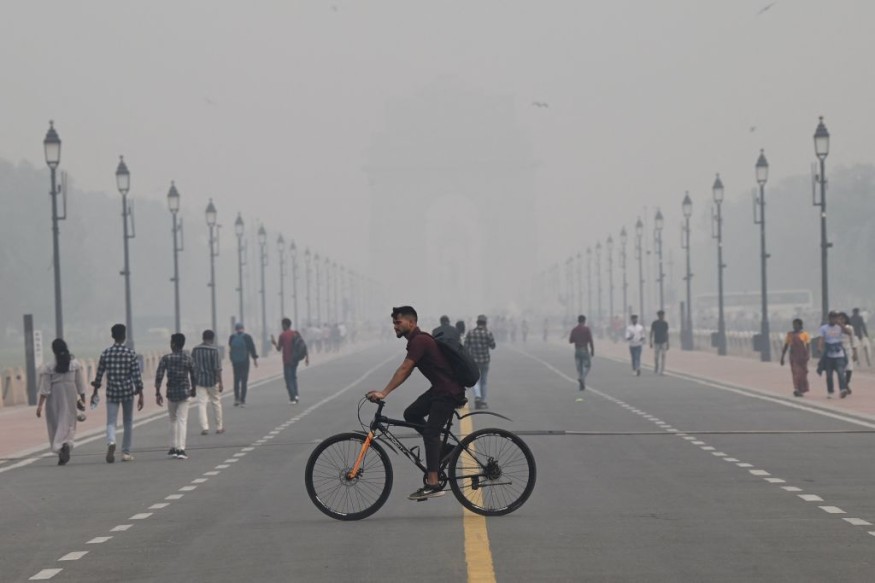The air quality in India's capital, Delhi, has reached severe levels, marking the start of the pollution season.
Authorities said that the air quality index in the city had hit 500, which is considered as the highest by the World Health Organization.
Officials took note that the air quality in the city had declined in the past week and this could actually be attributed to a sharp increase in the number of local farmers in the neighboring states of Haryana and Punjab.
These farmers often burned their fields during the crop planting season. Later on, the pollutants will be carried towards the city. Due to these, some schools have halted operations.
Burning Fields Harm Air Quality

Experts said that the air quality in the capital of Delhi always drops to the "severe" category during the winter months.
Primarily, this is because of the practice of burning the stubble after the harvest to prepare for the planting of the next season's crop.
This method is considered to be much cheaper than the alternative option of ploughing the residue back into the land. This can be particularly bad as garbage is often thrown into the fires by way of disposal.
Based on reports, this alone is responsible for 32 percent of Delhi's PM2.5 particulate matter. At 292 micrograms per cubic meter, the figure is actually five times higher than the World Health Organization's recommended safe limit.
Weather conditions also play an important part in the dispersal of airborne particles through both wind and rain.
In 2019, as part of a worldwide survey, it was discovered that 21 out of the 30 most polluted cities were in India.
This later pushed India's ranking as a country to 5th place, according to the figures that were published by iqair.com.
Over 50 precent of this pollution comes from industry, followed by 27 percent from vehicles, 17 percent from crop burning and 7 percent by domestic cooking. More than two million Indians lost their lives to causes that are attributed to air pollution.
Before, another major contributor to the air pollution was the Badarpur Thermal Power Station that was built in 1973 and produced a mere 8 percent of Delhi's electricity yet was accountable for 80-90 percent of the particulate matter.
In November 2017, during "The Great Smog of Delhi," it was temporarily shut down to alleviate the smog but restarted the following February.
However, due to the huge amount of pollution that it created, it was shut down permanently during the late 2018.
Effects To Health
The levels of the pollutant PM 2.5 are often well above the World Health Organization's recommended level of exposure (often over 5 times higher). This often leads to serious respiratory problems for those who have been exposed to it.
Physicians in Delhi said they had already begun to see the damaging impacts of pollution on the city's residents.
They said that the number of patients with breathing problems has increased, with more people having coughs, colds, watery and irritated eyes, and breathing problems.
Previous records showed that in 2019 over 1.6 million deaths were attributed to poor air quality.
The cause of death ranged from strokes, diabetes, lung cancer and myocardial infarctions.
Meanwhile, the State of Global Air 2020 noted that air pollution is now the largest risk factor for death amongst all other forms.
© 2025 NatureWorldNews.com All rights reserved. Do not reproduce without permission.





